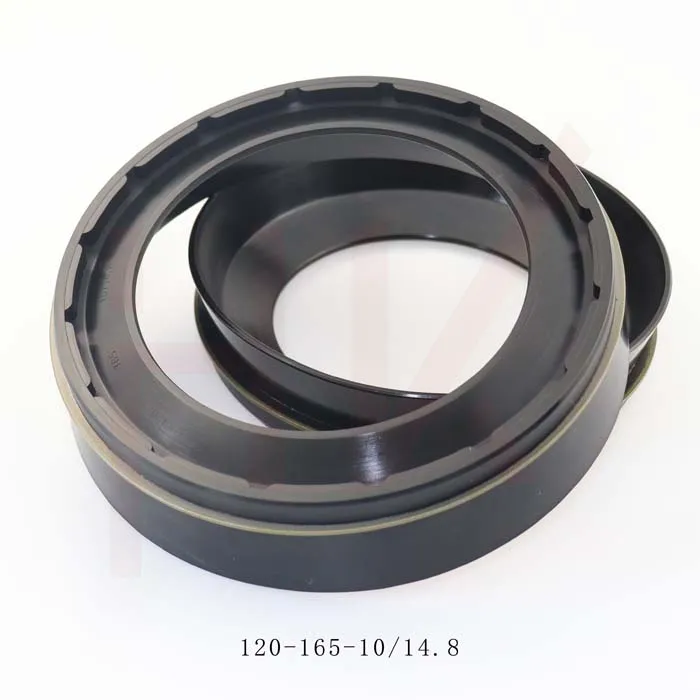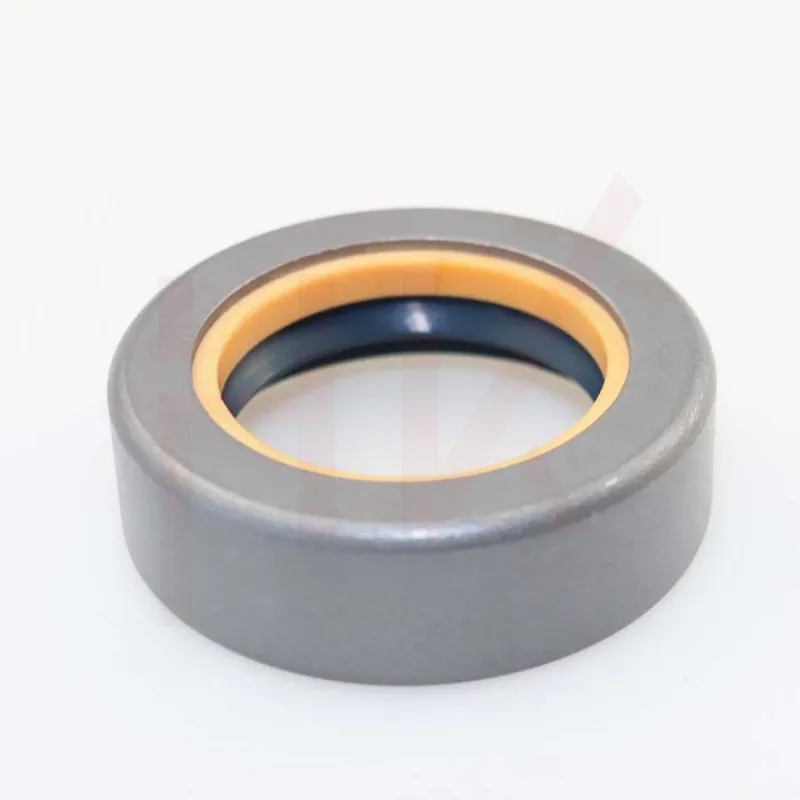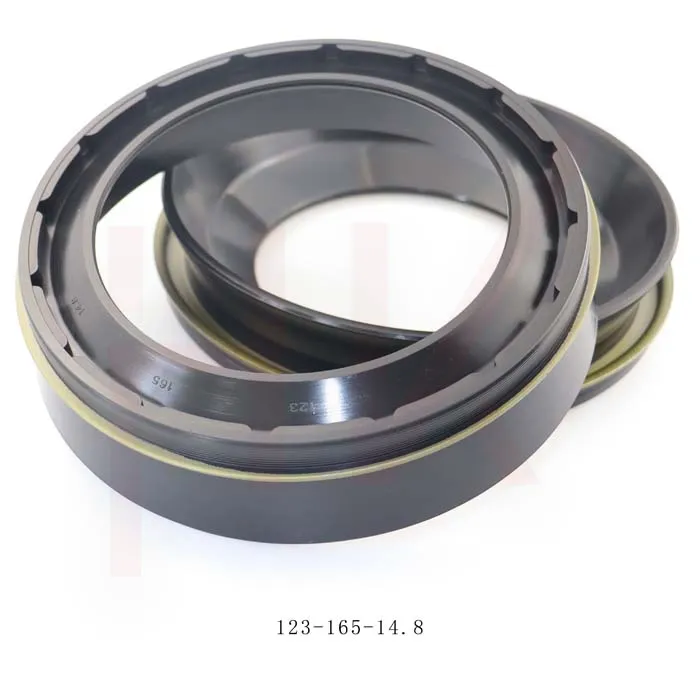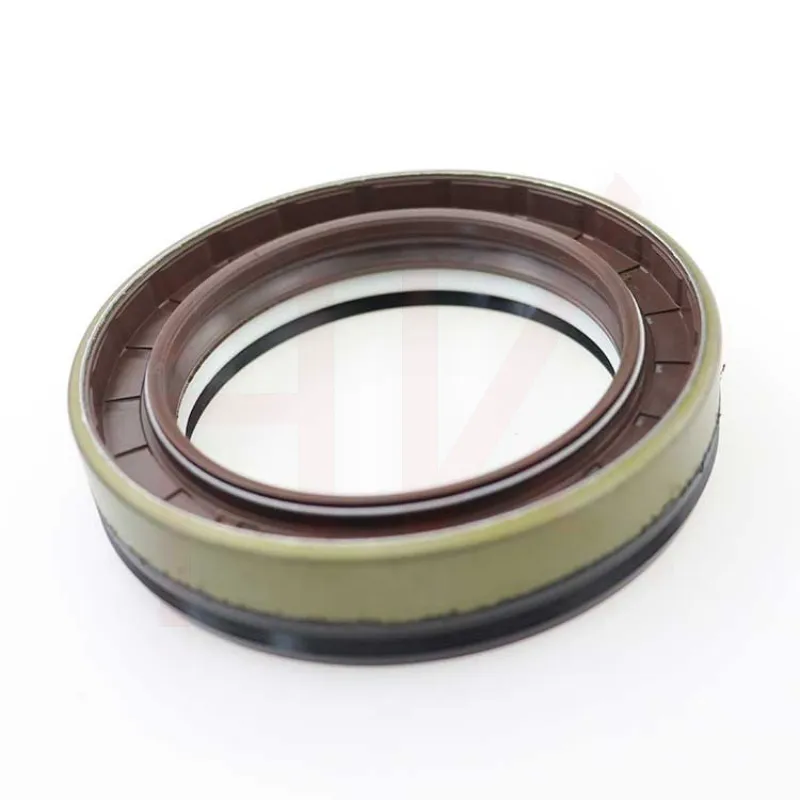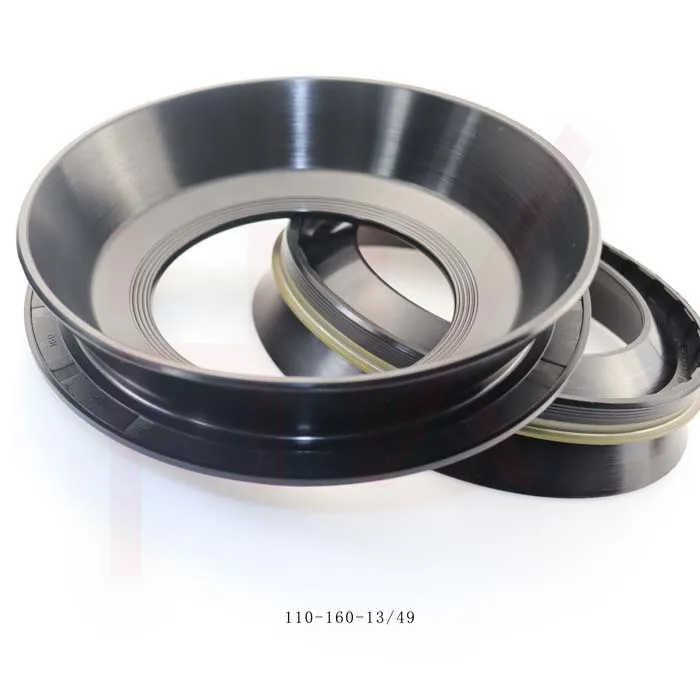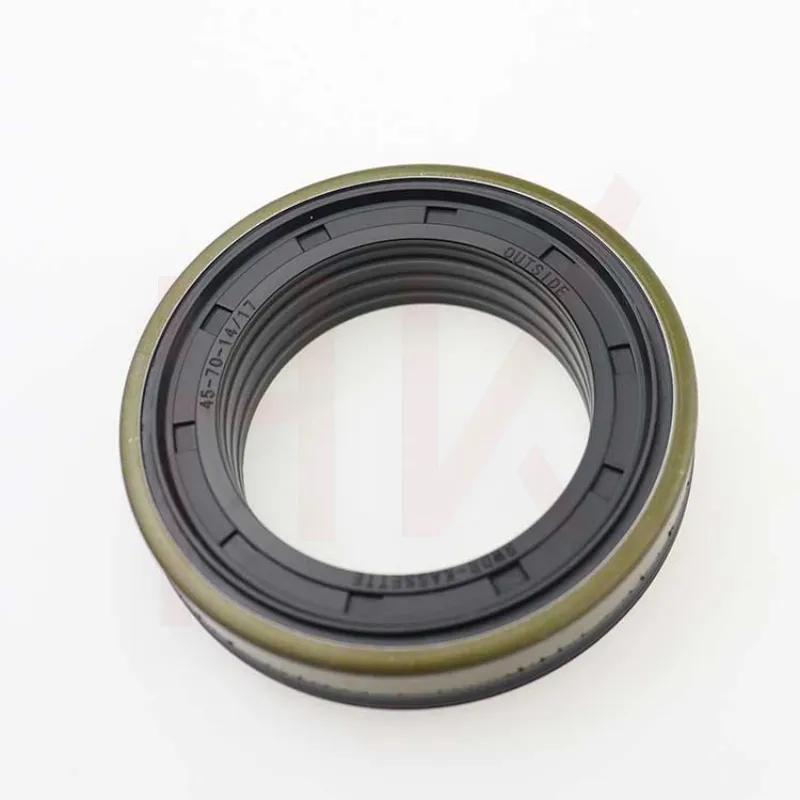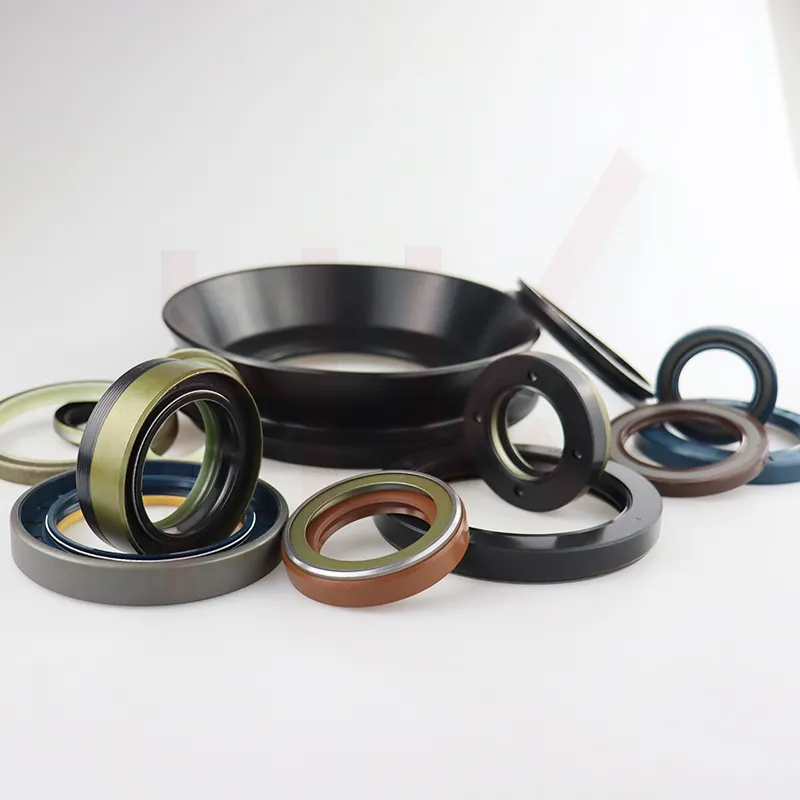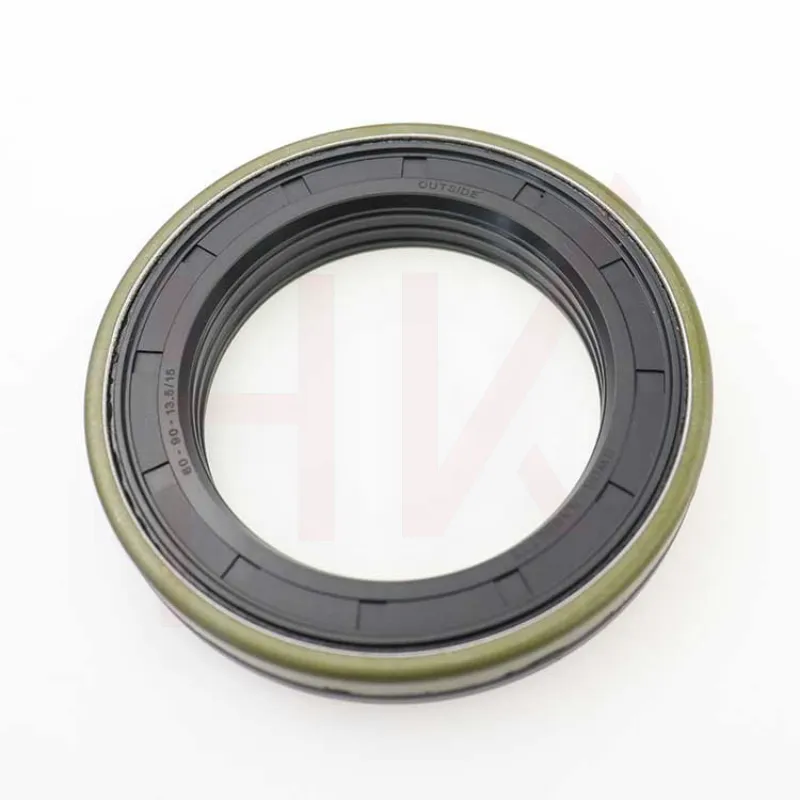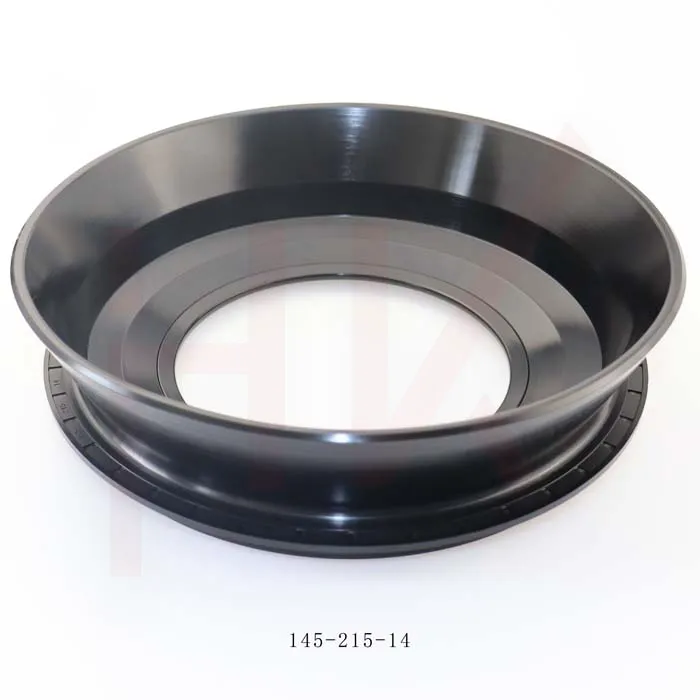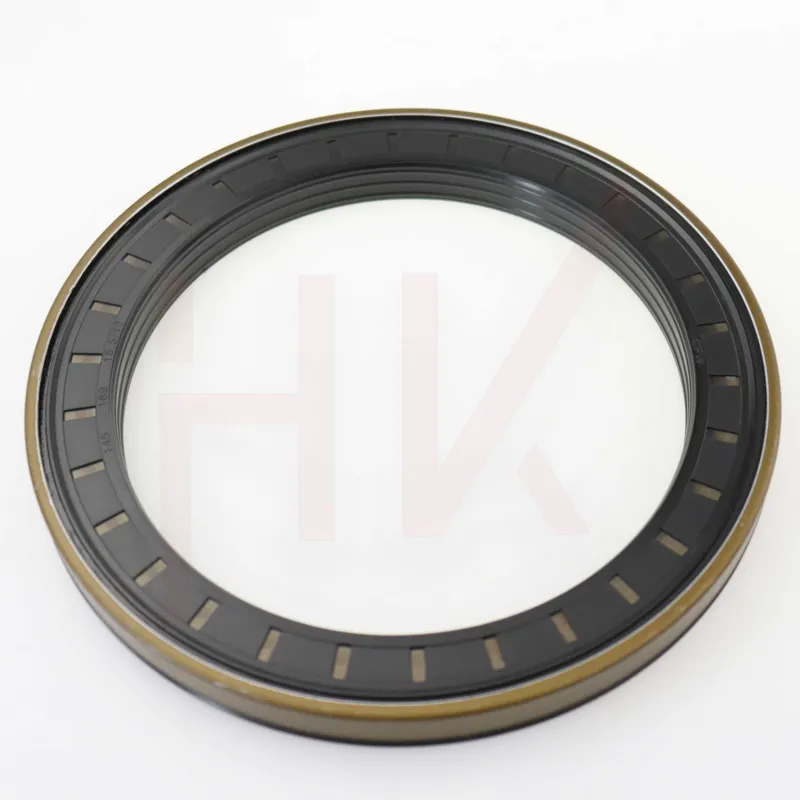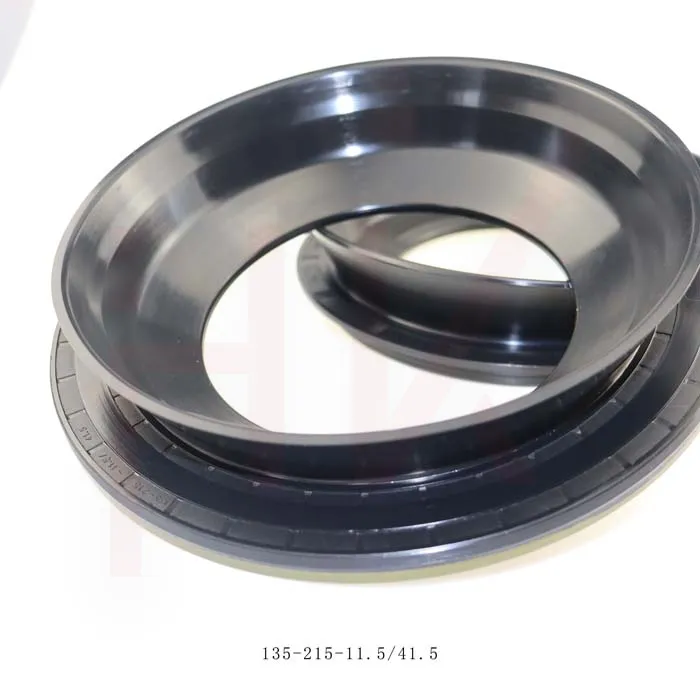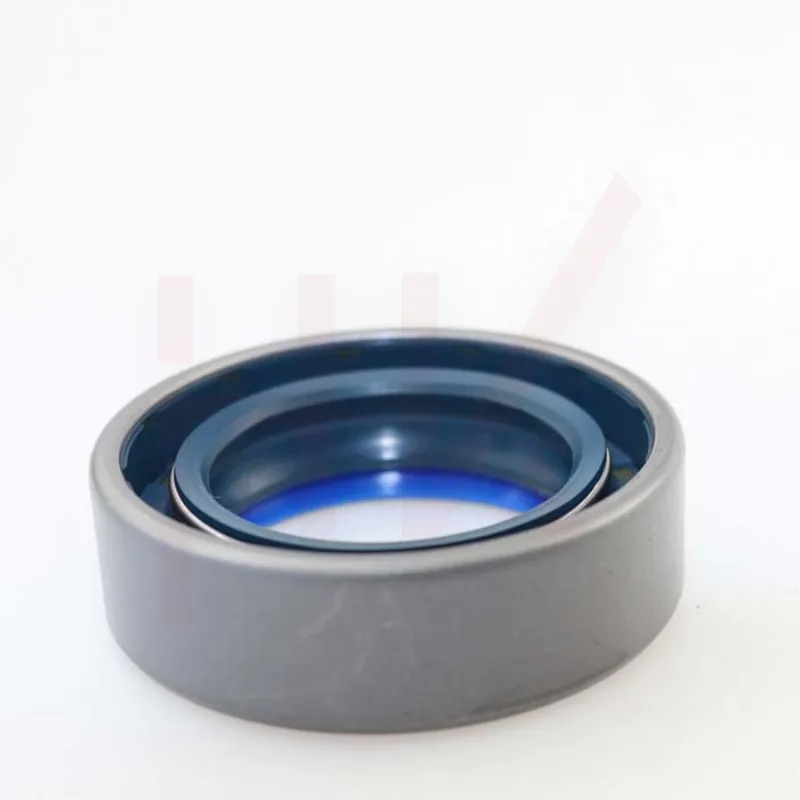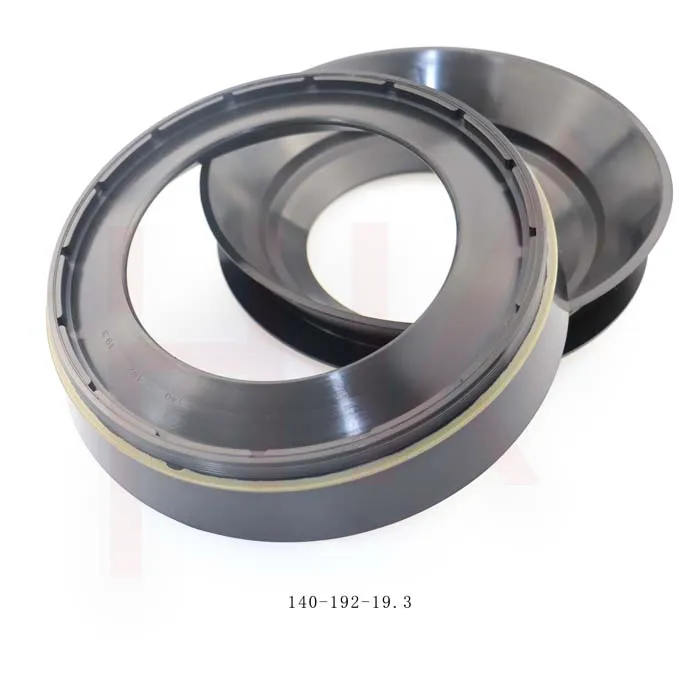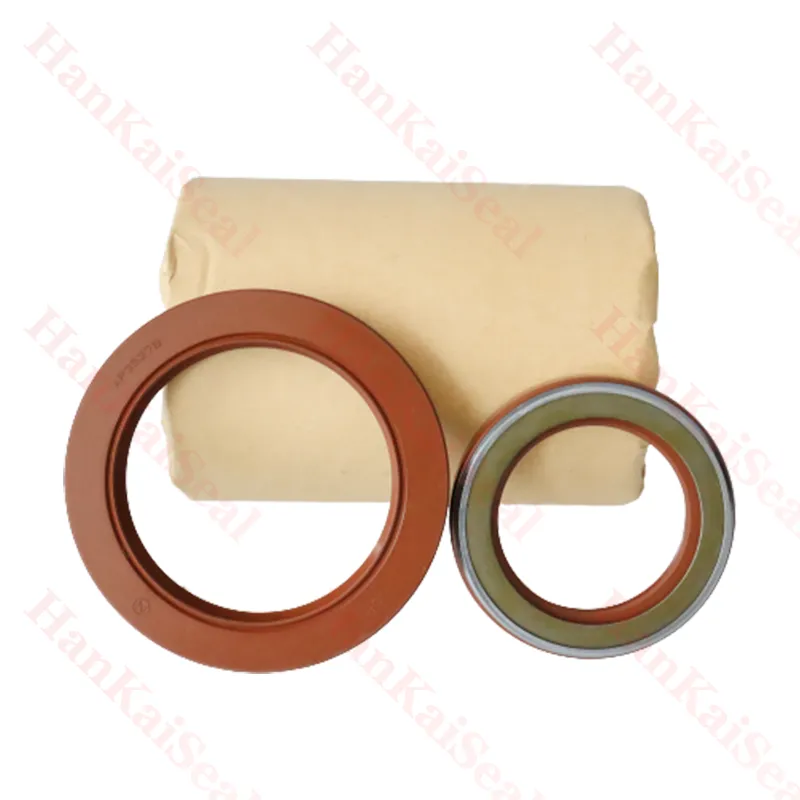10 月 . 31, 2024 15:50 Back to list
Guide to Replacing Hydraulic Seals Efficiently and Effectively
Understanding Hydraulic Seal Replacement
Hydraulic systems are essential components in various industries, from construction machinery to automotive systems. They utilize fluids under pressure to operate machinery and perform tasks efficiently. However, over time, the integrity of hydraulic seals can deteriorate due to factors such as wear and tear, exposure to extreme temperatures, or contamination from dirt and debris. Regular maintenance and timely replacement of hydraulic seals are crucial to ensure optimal performance and prevent costly failures.
Signs of Worn Hydraulic Seals
The first step in maintaining hydraulic systems is recognizing the symptoms of worn or damaged seals. Common indicators include
1. Fluid Leaks One of the most apparent signs is the presence of hydraulic fluid leaking from the system. This can lead to a drop in pressure, impacting machinery functionality.
2. Reduced Performance If machinery operated with hydraulic systems shows a decrease in power or responsiveness, it may be due to seal degradation.
3. Increased Noise Unusual sounds such as grinding or squealing can indicate improper sealing, often resulting from fluid escaping the system.
4. Erratic Movement For equipment that relies on hydraulic mechanisms for movement, jerky or uneven motion can suggest that seals are not providing adequate support to maintain pressure.
Steps for Hydraulic Seal Replacement
When it comes to replacing hydraulic seals, a systematic approach is essential
hydraulic seal replacement
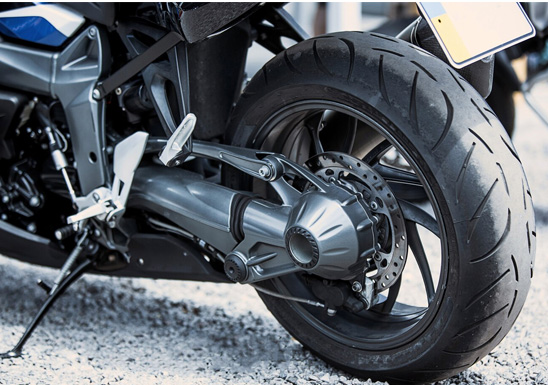
1. Safety First Before beginning any maintenance, ensure that the system is depressurized and all energy sources are locked out. This will help prevent accidents during the replacement process.
2. Disassembly Carefully disassemble the hydraulic unit. Take note of how components fit together, possibly by taking photos or labeling parts, which will help during reassembly.
3. Old Seal Removal Use appropriate tools to remove the old seals. Take care not to scratch or damage the surfaces where the seals sit, as this can lead to further leaks.
4. Surface Cleaning Once the old seals are removed, clean the sealing surfaces thoroughly to eliminate any residual fluid or debris.
5. Installing New Seals Select seals that are compatible with the fluid type and system pressure. Gently install the new seals, ensuring they are aligned correctly without twisting or damaging them.
6. Reassembly Once the new seals are in place, reassemble the hydraulic unit, following the process in reverse. Ensure all components are properly secured and that the system is sealed tightly.
7. Testing After reassembly, conduct pressure tests to make sure there are no leaks and that the hydraulic system operates smoothly.
Conclusion
Replacing hydraulic seals is a vital maintenance task that can significantly extend the life of hydraulic systems and prevent catastrophic failures. By being vigilant for signs of wear and having a clear procedure for replacement, operators can ensure their machinery runs efficiently and avoids costly downtime. Regular maintenance checks are essential for catching issues early and maintaining the reliability of hydraulic systems. Whether you’re operating a construction vehicle, an industrial machine, or any system that utilizes hydraulics, understanding the importance of hydraulic seal replacement will ultimately enhance operational efficiency and safety.
-
The Power of Advanced Sealing: High-Pressure Solutions for Modern Machinery
NewsOct.29,2024
-
Optimizing Machinery with High-Performance Oil Seals
NewsOct.29,2024
-
Maximizing Machinery Efficiency with Advanced Oil Seals
NewsOct.29,2024
-
Ensuring Equipment Longevity with Quality Oil Seals
NewsOct.29,2024
-
Enhance Equipment Performance with Quality Oil Seals
NewsOct.29,2024
-
Custom Oil Seals for Specialized Machinery Needs
NewsOct.29,2024
-
The Role of Wiper Seals in Dust Sealing and Oil Protection
NewsOct.20,2024
Products categories

